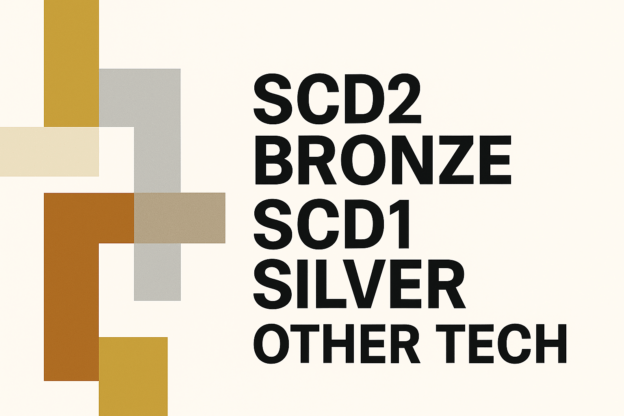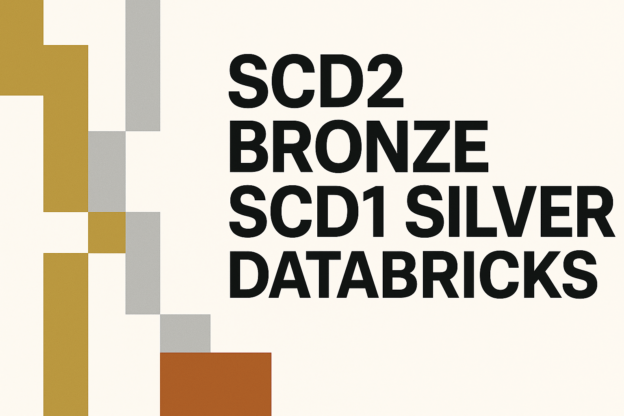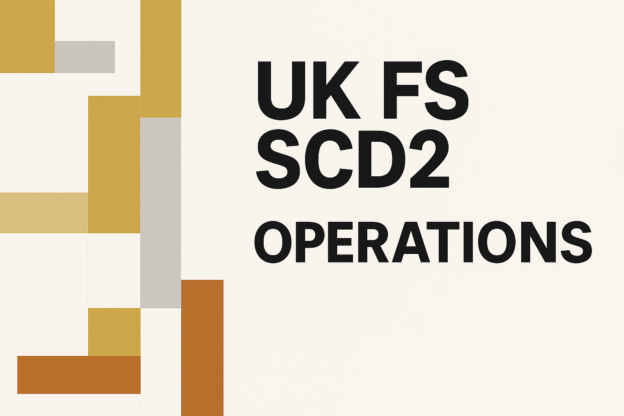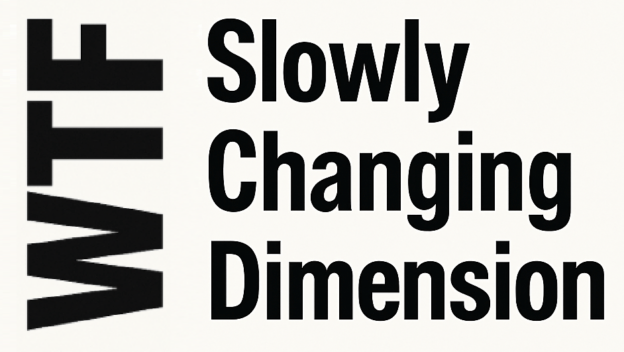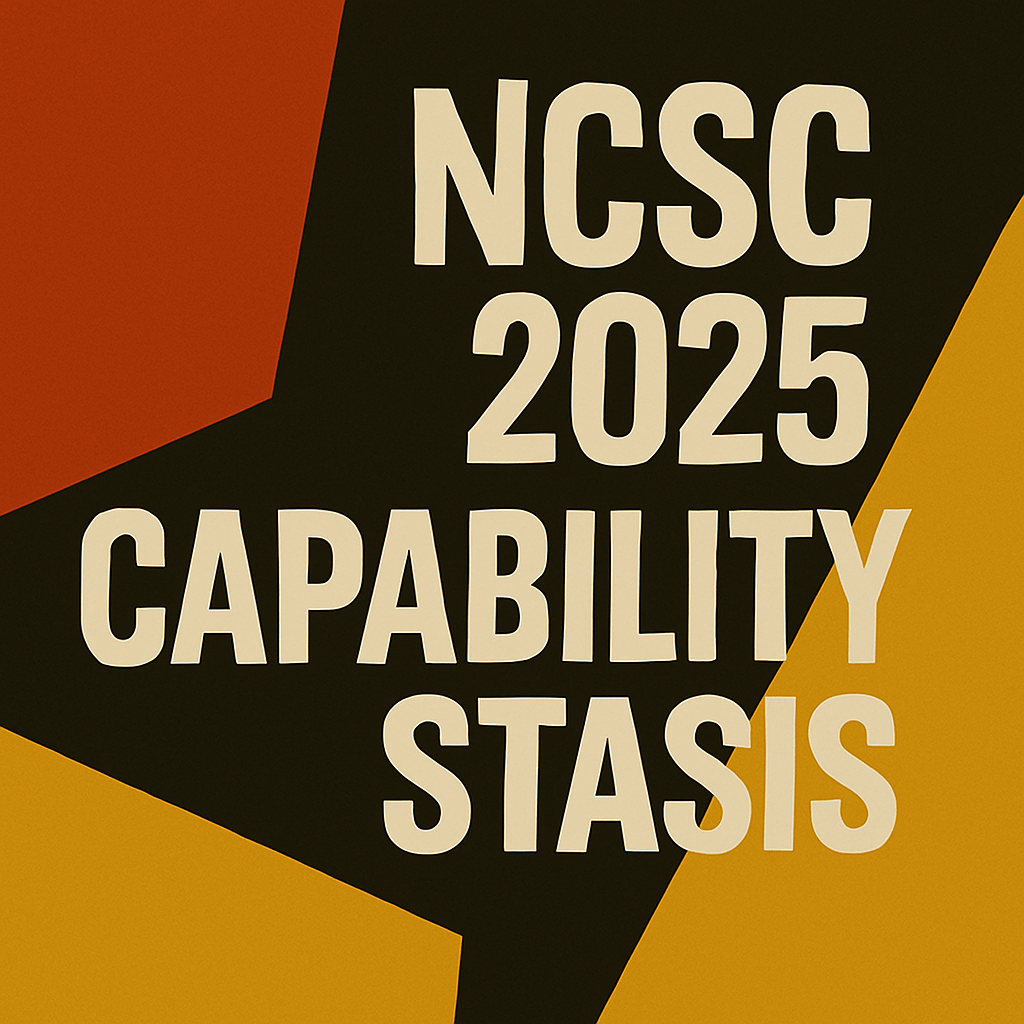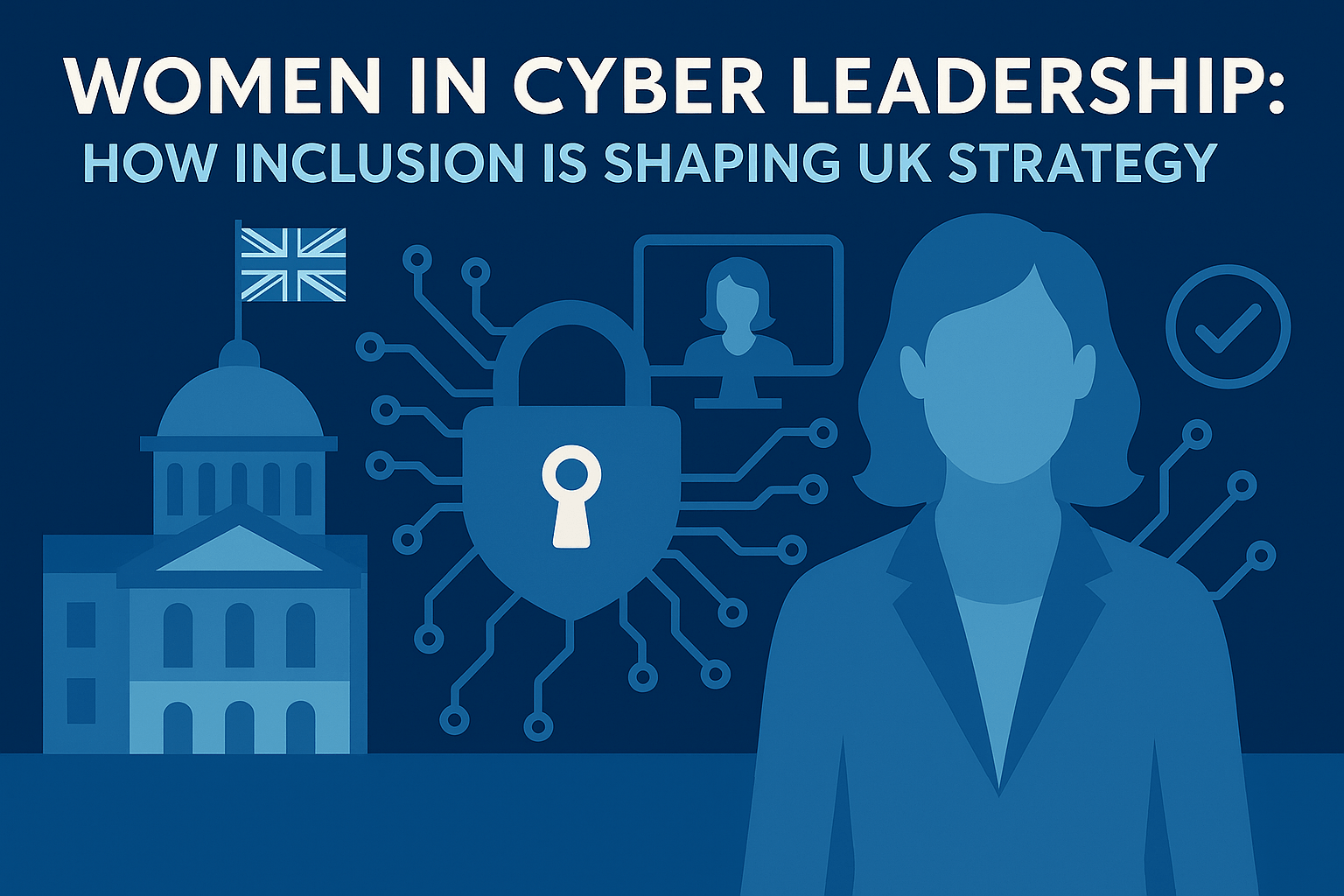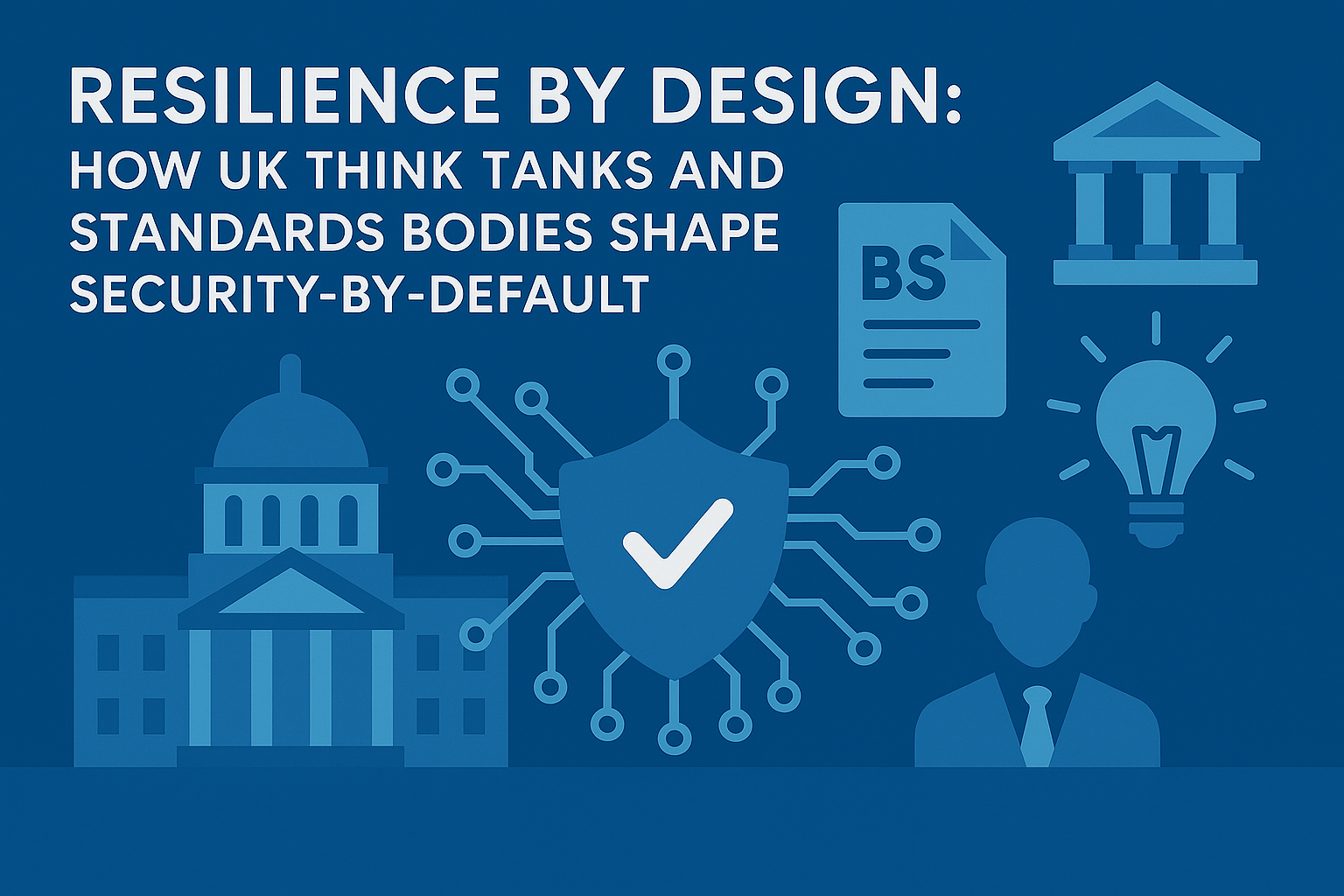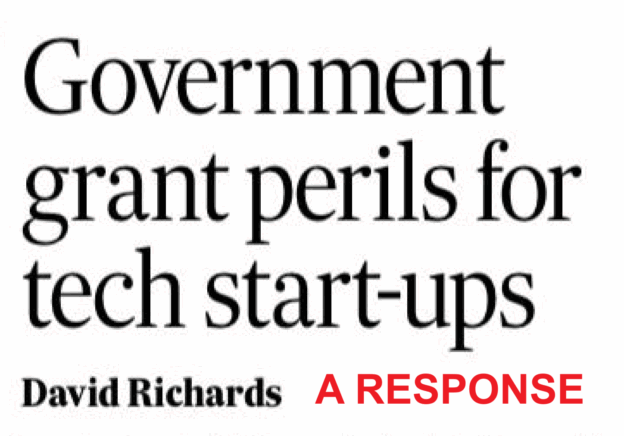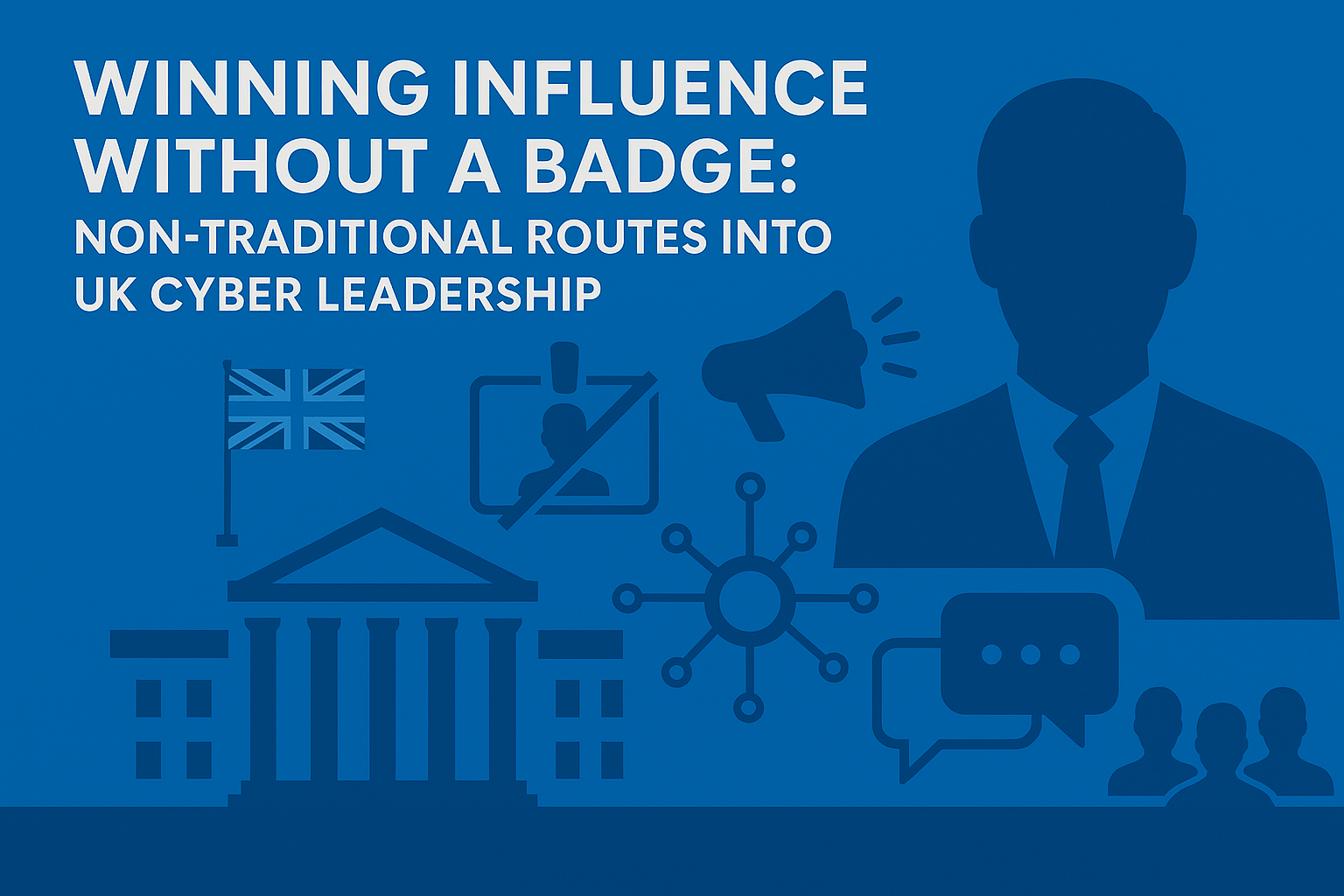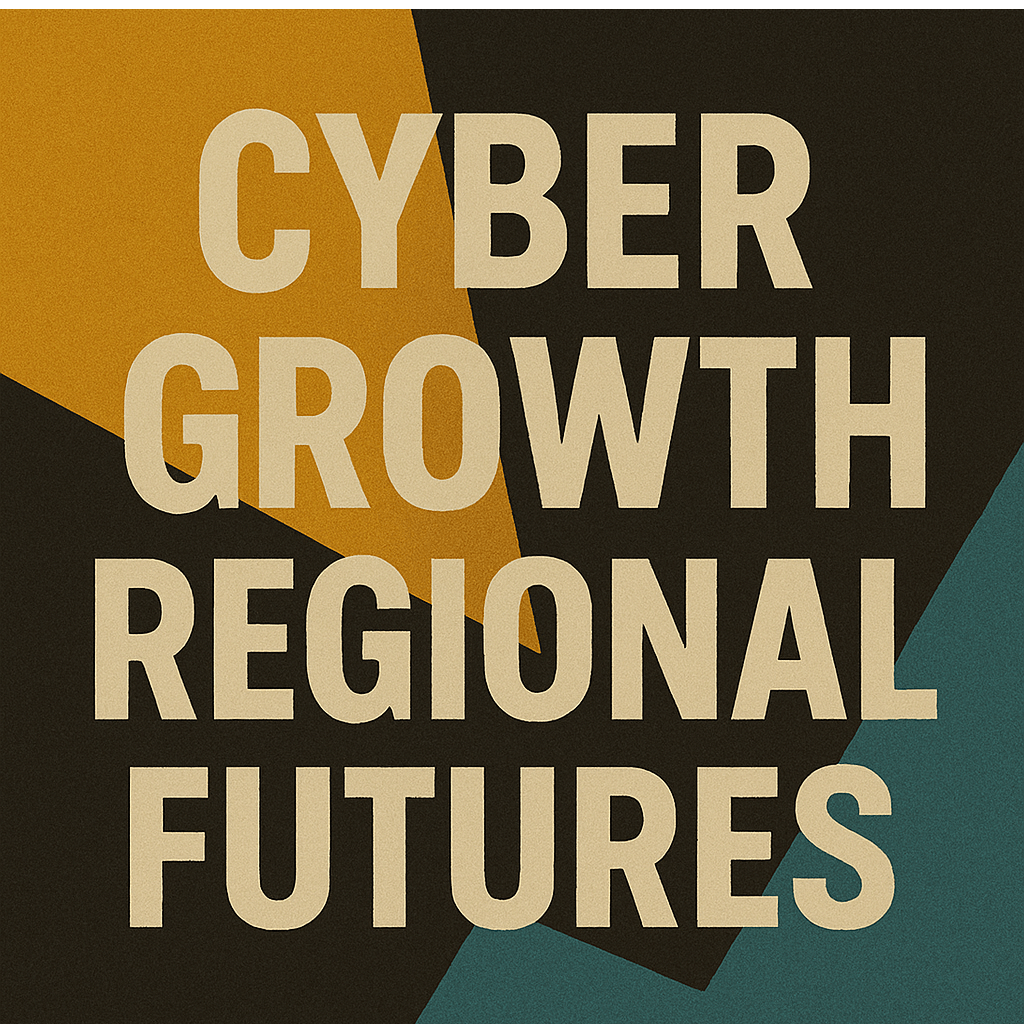Modern data platforms consistently separate historical truth from analytical usability by storing full SCD2 history in a Bronze layer and exposing a simplified, current-state Silver layer. Whether using Apache Iceberg, Apache Hudi, Google BigQuery, or Microsoft Fabric, the same pattern applies: Bronze preserves immutable, auditable change history, while Silver removes temporal complexity to deliver one row per business entity. Each platform implements this differently, via snapshots, incremental queries, QUALIFY, or Delta MERGE, but the architectural principle remains universal and essential for regulated environments.
Continue reading